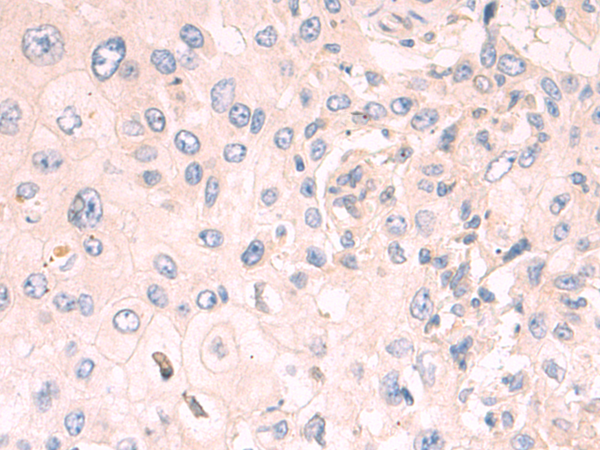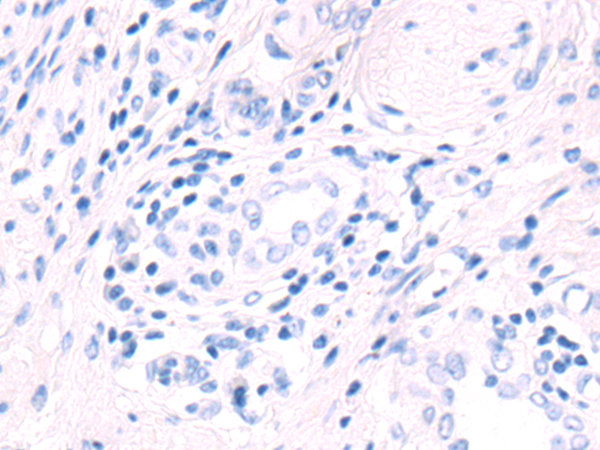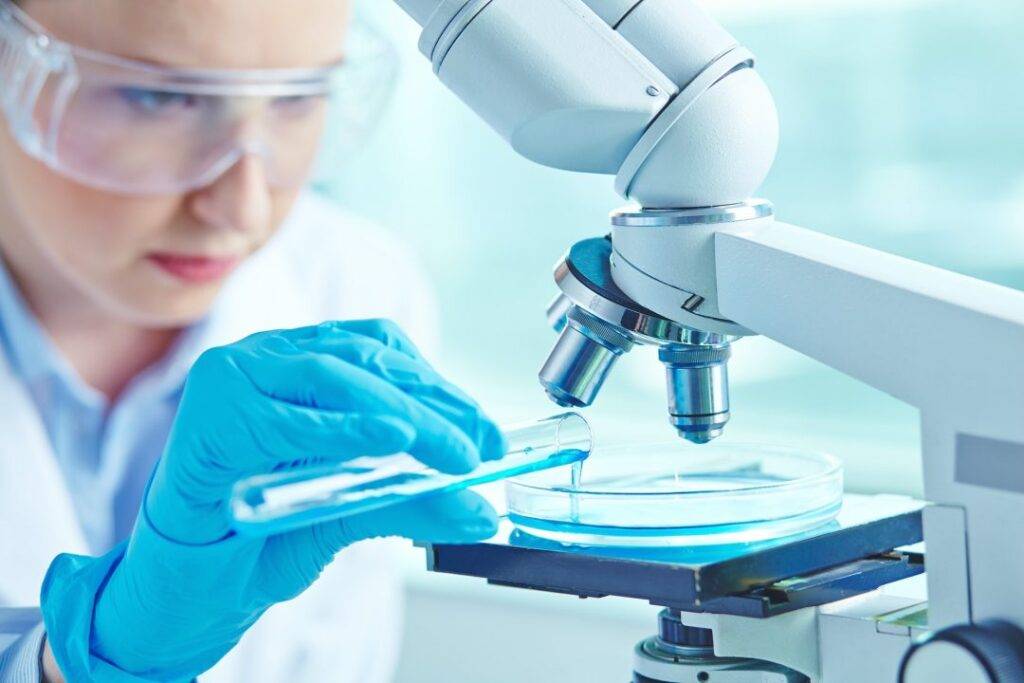| 货号: S213335 |
| 产品全名: ABCG2 兔多抗 |
| 基因符号 MRX; MXR; ABCP; BCRP; BMDP; MXR1; ABC15; BCRP1; CD338; GOUT1; MXR-1; CDw338; UAQTL1; EST157481 |
| UNIPROT ID: Q9UNQ0 (Gene Accession – NP_004818 ) |
| 背景: The membrane-associated protein encoded by this gene is included in the superfamily of ATP-binding cassette (ABC) transporters. ABC proteins transport various molecules across extra- and intra-cellular membranes. ABC genes are divided into seven distinct subfamilies (ABC1, MDR/TAP, MRP, ALD, OABP, GCN20, White). This protein is a member of the White subfamily. Alternatively referred to as a breast cancer resistance protein, this protein functions as a xenobiotic transporter which may play a major role in multi-drug resistance. It likely serves as a cellular defense mechanism in response to mitoxantrone and anthracycline exposure. Significant expression of this protein has been observed in the placenta, which may suggest a potential role for this molecule in placenta tissue. Multiple transcript variants encoding different isoforms have been found for this gene. |
| 抗原: Synthetic peptide of human ABCG2 |
| 经过测试的应用: ELISA, WB, IHC |
| 推荐稀释比: IHC: 50-100;WB: 200-1000;ELISA: 5000-10000 |
| 种属反应性: Rabbit |
| 克隆性: Rabbit Polyclonal |
| 亚型: Immunogen-specific rabbit IgG |
| 纯化: Antigen affinity purification |
| 种属反应性: Human |
| 成分: PBS (without Mg2+ and Ca2+), pH 7.4, 150 mM NaCl, 0.05% Sodium Azide and 40% glycerol |
| 研究领域: Metabolism, Cancer, Stem Cells |
| 储存和运输: Store at -20°C. Avoid repeated freezing and thawing |

Immunohistochemistry analysis of paraffin embedded Human esophagus cancer tissue using 213335(ABCG2 Antibody) at a dilution of 1/50(Cytoplasm and Cell membrane). | 
In comparision with the IHC on the left, the same paraffin-embedded Human esophagus cancer tissue is first treated with the synthetic peptide and then with 213335(Anti-ABCG2 Antibody) at dilution 1/50. | 
The image on the left is immunohistochemistry of paraffin-embedded Human cervical cancer tissue using 213335(Anti-ABCG2 Antibody) at a dilution of 1/50. | 
In comparision with the IHC on the left, the same paraffin-embedded Human cervical cancer tissue is first treated with synthetic peptide and then with D160018(Anti-ABCG2 Antibody) at dilution 1/50. | 
Gel: 6%SDS-PAGE, Lysate: 40 μg;
Lane 1-2: LO2 and 293T cell lysates;
Primary antibody: 213335(ABCG2 Antibody) at dilution 1/300;
Secondary antibody: HRP-conjugated Goat anti rabbit IgG at 1/5000 dilution;
Exposure time: 5 minutes | |
|







